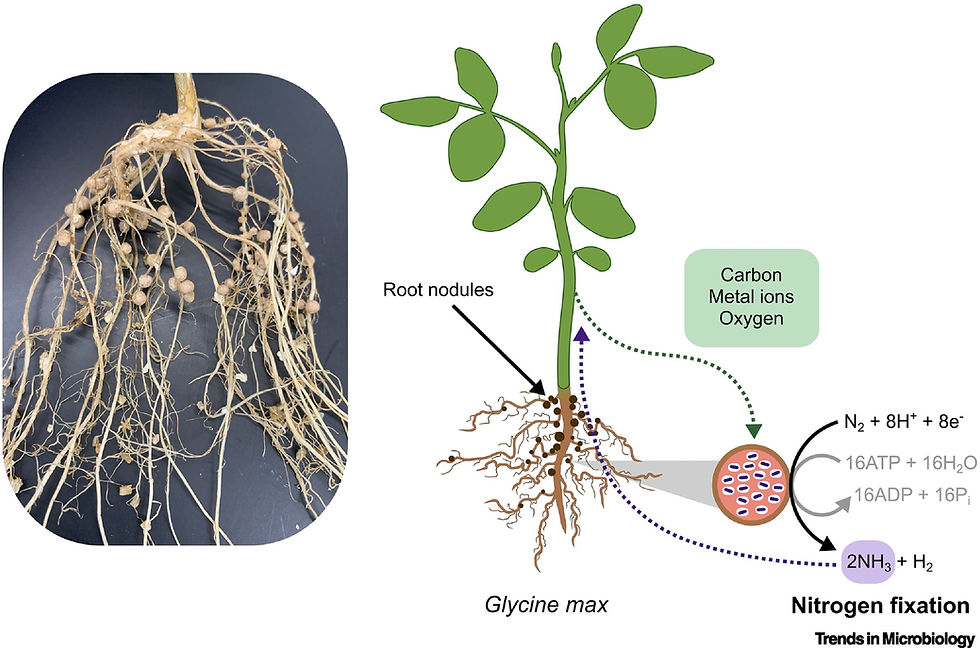What are the so-called ‘orphan crops’, and why are they important?
- Miguel M.LS.

- May 3, 2021
- 2 min read
Updated: Dec 20, 2021

By 2012, the Food and Agriculture Organization of the United Nation reported impacting figures on an alarming matter: only thirty species of plants are nowadays covering 95% of all the vegetable-based, daily caloric and protein intake for the average person in the world. Shortly put, our food comes mainly from those thirty-two species, and 60% of it comes from actually just three: corn, rice and wheat. What results more alarming is that this loss of agricultural biodiversity is also coupled with a loss of genetic diversity within those thirty species. Already in the year 2000 (that’s over twenty years ago!), the FAO reported as well that around 75% of all plant genetic diversity had been lost “as farmers worldwide have left their multiple local varieties and landraces for genetically uniform, high-yielding varieties”.
In that report, however, the FAO mentioned that over 7000 (known) species have been cultivated as edible throughout history, with several thousand still being on cultivation. Orphan or underutilized crops are precisely that; the many species which are often tied to very specific ethnic communities or who are, for some reason or another, not used to the full extent of their potential. If we take the figures of the FAO as a reference, that would mean that 99.5% of all cultivated plant species are underutilized or ‘orphan’, with the remaining 0.5% being made up by those main thirty species. Quinoa, for example, though increasingly popular, is has by no means been used to its full potential as a very nutritious and genetically varied crop.

This is not an innocuous number, however. What that percentage means is that if those thirty species are wiped out (heck, even if three of those thirty species are wiped out!) by disease, climate change or an unknown pest, we would be facing hunger and economic catastrophe at alarming levels. In order to fight this, an international organization was established in Malaysia in 2009: Crops for the Future (CFF), a team of experts that works to fight genetic impoverishment of crops and build a net of food safety around our current eating habits. They are even suggesting the building of a database, which could provide access to specific suggestions of a certain species or variety for determinate climatic and economic conditions.
The issue of agricultural biodiversity is by no means reduced to these few facts, though: it is one that we’ll keep exploring in future articles in this blog. In the meantime, happy growing!



Comments